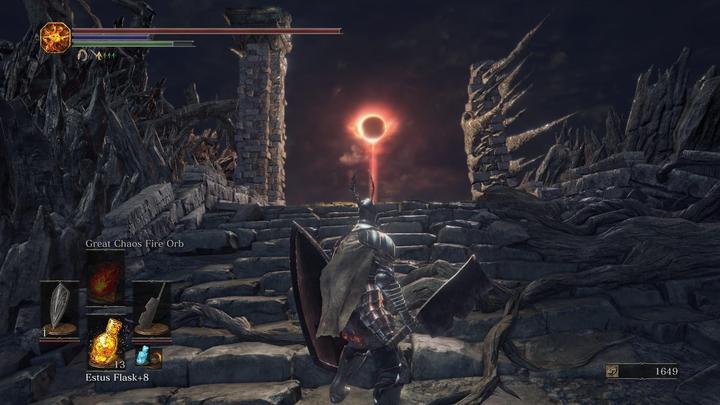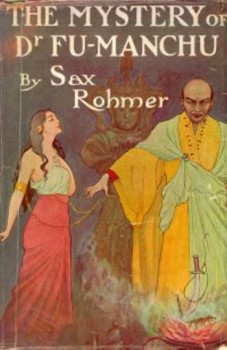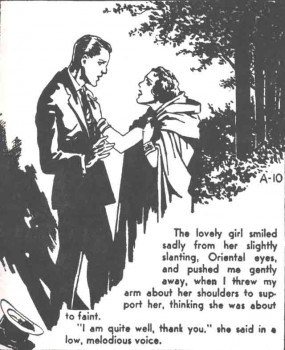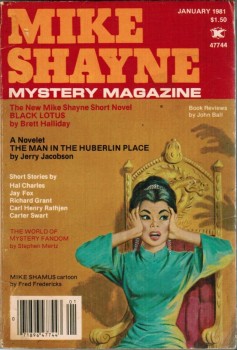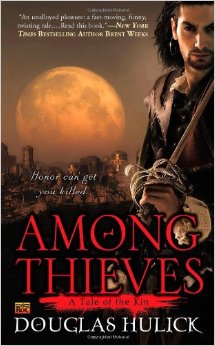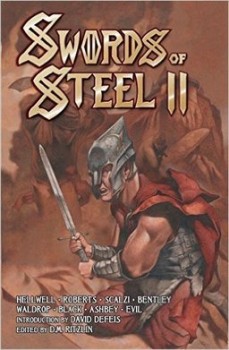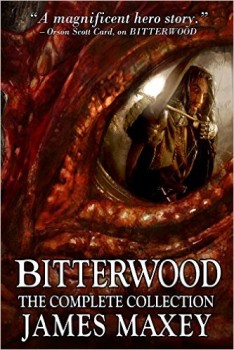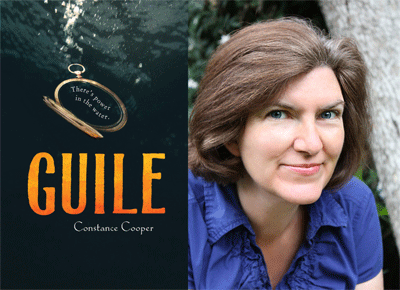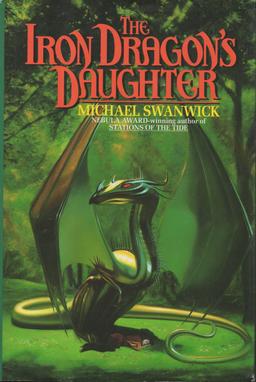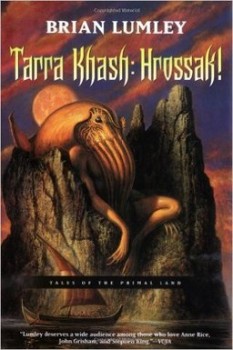The Public Life of Sherlock Holmes: The Key West Private Eye – Gideon Lowry
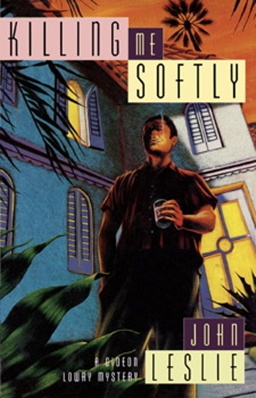 As I’ve posted here at Black Gate, John D. MacDonald, author of the Travis McGee series (and much, much more) is my favorite writer. And I believe, one of the greatest American writers of the twentieth century, in any genre. His is the pre-eminent name in the subcategory of ‘Florida writers.’ Randy Wayne White’s Doc Ford, a marine biologist who lives in a stilt house, is McGee’s successor. I think White is a top-notch writer and I certainly recommend that series.
As I’ve posted here at Black Gate, John D. MacDonald, author of the Travis McGee series (and much, much more) is my favorite writer. And I believe, one of the greatest American writers of the twentieth century, in any genre. His is the pre-eminent name in the subcategory of ‘Florida writers.’ Randy Wayne White’s Doc Ford, a marine biologist who lives in a stilt house, is McGee’s successor. I think White is a top-notch writer and I certainly recommend that series.
I’m not as up on this group as I used to be, but Carl Hiassen is probably the best-known Florida scribe these days. His biting satire and hilarious situations can be laugh-out-loud reading. In a similar vein to Hiassen are the works of Lawrence Shames. He also pokes fun at the absurdities of Florida life with a series of mostly unconnected books set in Key West. I recently read Virgin Heat and Mangrove Squeeze and got some chuckles, though his stuff is a bit raunchy for me.
There are others, of course, like Thomas McGuane (Jimmy Buffett’s brother in law), Geoffrey Norman, Lawrence Sanders, James W. Hall and John Lutz, to name a few; covering a wide range of styles. Today, I’m going to talk about John Leslie and his hard-boiled PI, Gideon Lowry.
There are only four books in the series, and it appears that no more will be forthcoming. This is a shame, because Lowry is an interesting character. Killing Me Softly was published in 1994 and Lowry is in his fifties. Except for a two-year vacation to Korea, paid by Uncle Sam, he has spent his entire life in Key West. He’s a true-blue Conch. And that matters, as the sense of tribe plays a big part of the series. Whether or not someone was one of “our people” was a major factor in how you responded to situations regarding them. But unlike his father, Lowry doesn’t simply identify with natives and locals.
